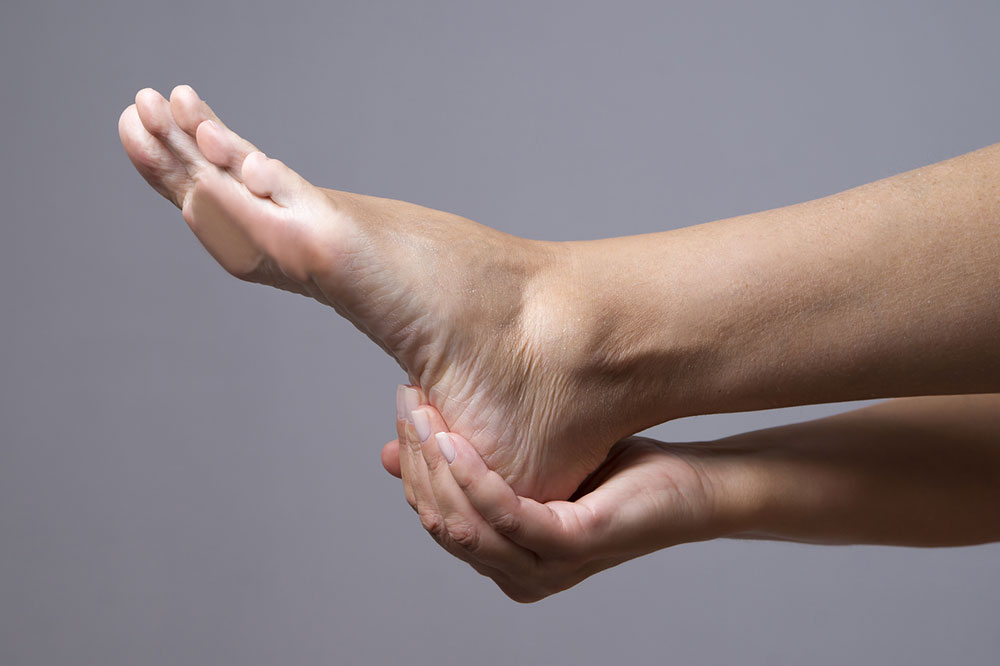Understanding Polymyalgia Rheumatica: Symptoms and Treatment Strategies
Polymyalgia Rheumatica is an inflammatory condition affecting seniors, characterized by muscle pain, stiffness, and fatigue. Early diagnosis involves physical exams, blood tests, and imaging. Management includes medication, lifestyle adjustments, and physical therapy. Recognizing symptoms early and seeking medical advice can help control the condition effectively, reducing pain and preventing complications.

Understanding Polymyalgia Rheumatica: Symptoms and Treatment Strategies
Polymyalgia rheumatica is a type of inflammatory condition that causes muscle aches, joint stiffness, and bone pain. It mainly affects seniors over 70, and its symptoms may persist for years depending on severity. While its exact cause remains unknown, genetic factors and environmental influences are believed to play a role.
Risk Factors for Polymyalgia Rheumatica
Individuals aged 70-80, particularly women, are more susceptible to developing this disorder.
Early Symptoms of Polymyalgia Rheumatica
Inflammation in key joints and tissues can cause pain and discomfort, which may worsen over time. These signs often appear in no fixed pattern.
Pain and Discomfort
Persistent ache or continuous pain can be felt in the shoulders, neck, upper arms, hips, thighs, and lower body, sometimes affecting one side or both sides of the body.
Joint Stiffness
Inflammation and pain may limit movement, resulting in joint stiffness that reduces flexibility and range of motion.
General Malaise and Fatigue
Feeling generally unwell, tiredness, fever, loss of appetite, and unexplained fatigue are common symptoms that can appear alongside pain.
Depression and Mood Changes
Chronic illness and discomfort may lead to depression and behavioral shifts.
Sudden New Pain
Unexpected onset of new pains or discomfort, sleep disturbances, or reduced mobility are signs of condition progression.
Diagnosis of Polymyalgia Rheumatica
After symptom evaluation, doctors perform tests to confirm diagnosis.
Physical Evaluation and Testing
Rheumatologists assess joint inflammation, range of motion, and stiffness through physical exams.
Blood Analysis
Blood tests for inflammatory markers like C-reactive protein and erythrocyte sedimentation rate aid in diagnosis. Elevated levels indicate inflammation.
Imaging Techniques
MRI scans help identify affected areas and exclude other conditions, showing inflammation or swelling in joints.
Further, a biopsy of the temporal artery may be performed to check for giant cell arteritis, involving removal of a small arterial sample for analysis.
Treatment Options for Polymyalgia Rheumatica
Once diagnosed, personalized treatment plans aim to reduce pain and prevent flare-ups.
Pain Relief Medications
Low-dose corticosteroids are commonly prescribed, with dosages adjusted based on symptom response. Anti-inflammatory drugs are also used to control flare-ups.
Supplementation for Bone Health
Calcium and vitamin D supplements bolster bone strength, especially vital during early management. Adults typically need 1,000-1,200 mg calcium daily and 600-800 IU vitamin D.
Immunosuppressants
In certain cases, doctors recommend immune-suppressing drugs to limit inflammation triggers.
Physical Therapy
Engaging in gentle exercises helps boost mood, maintain joint and muscle health, and improve flexibility.
Natural Care and Lifestyle Tips
Self-care measures include balanced nutrition with calcium and vitamin D-rich foods, reducing processed and salty foods, and staying active. Rest is essential for recovery. For severe cases, assistive devices may be indicated.
If symptoms worsen despite treatment, consulting a rheumatologist is critical for adjusting management strategies. Regular self-care and prompt medical attention can effectively control even advanced polymyalgia rheumatica.










